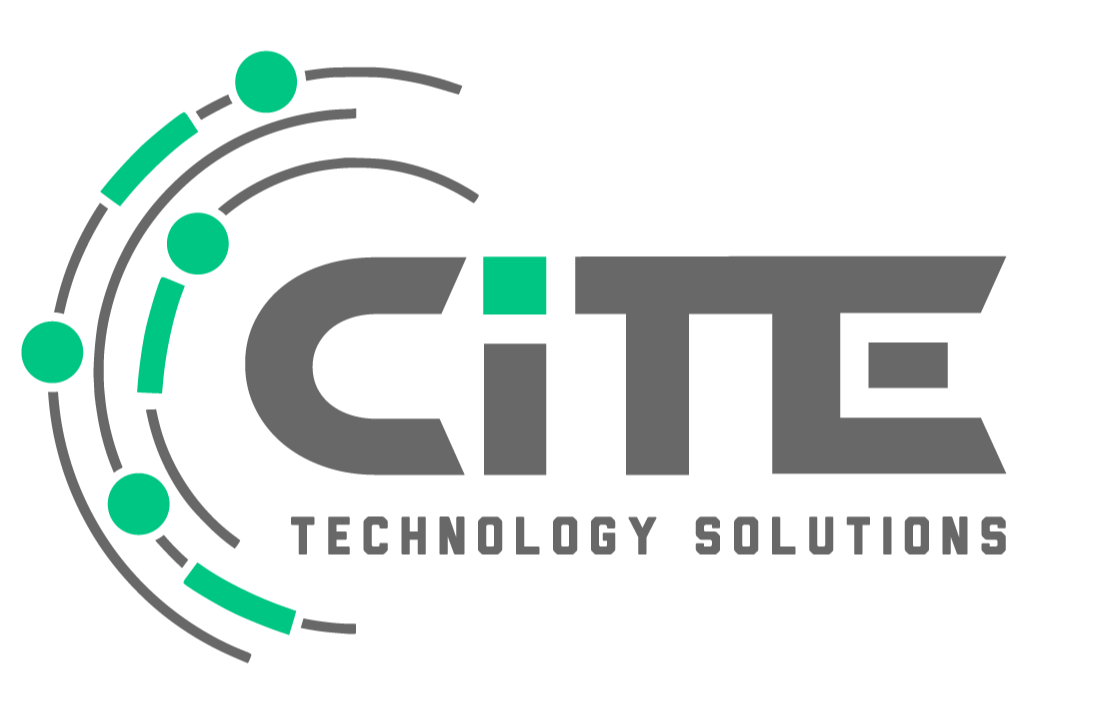

What is IT Vendor Management?
Vendor management addresses 8 key areas:
-
Vendor Selection: Identifying and evaluating potential vendors based on factors such as their expertise, capabilities, pricing, reputation, and alignment with the organization's requirements and values.
-
Contract Negotiation: Negotiating contracts and service-level agreements (SLAs) with vendors to establish clear expectations, deliverables, performance metrics, pricing structures, and terms of service.
-
Vendor Performance Monitoring: Monitoring the performance and adherence to SLAs of vendors to ensure that they deliver the agreed-upon products and services consistently and effectively.
-
Vendor Relationship Management: Cultivating positive and collaborative relationships with vendors based on trust, transparency, communication, and mutual respect, fostering long-term partnerships that benefit both parties..
-
Risk Management: Assessing and managing the risks associated with vendor relationships, such as data security breaches, compliance failures, financial instability, or dependency on a single vendor.
-
Issue Resolution: Addressing and resolving any issues, conflicts, or disputes that may arise during the course of the vendor relationship, including service disruptions, quality concerns, or contractual discrepancies.
-
Cost Optimization: Continuously evaluating the costs and benefits of vendor services to identify opportunities for cost savings, efficiency improvements, and strategic investments in technology.
-
Vendor Portfolio Management: Managing the organization's portfolio of IT vendors strategically, balancing factors such as redundancy, innovation, vendor consolidation, and diversification to optimize overall performance and resilience.
What is the Process of IT Vendor Management?
When it comes to IT vendor management, there are six key steps that organizations typically follow to effectively oversee their relationships with third-party vendors and optimize the value they receive from these partnerships:
-
Develop a Strategy: The first step in IT vendor management is to develop a comprehensive strategy that aligns with the organization's overall goals and objectives. This strategy should outline the criteria for selecting vendors, define the desired outcomes of vendor partnerships, and establish protocols for evaluating vendor performance. It should also consider factors such as budgetary constraints, technological requirements, risk tolerance, and regulatory compliance.
-
Identify Selection Criteria: Once the strategy is in place, organizations need to identify the specific criteria that will guide their vendor selection process. This may include factors such as the vendor's reputation and track record, technical expertise and capabilities, financial stability, geographic presence, customer references, and cultural fit with the organization. By clearly defining selection criteria, organizations can ensure that they choose vendors who are best positioned to meet their needs and deliver value over the long term.
-
Write a Bid Document: To solicit proposals from potential vendors, organizations typically create a bid document that outlines their requirements, expectations, and evaluation criteria. This document should provide detailed information about the organization's business objectives, technical specifications, project scope, timeline, budget, and contractual terms. By clearly articulating their needs upfront, organizations can ensure that vendors submit proposals that are tailored to their specific requirements, making the selection process more efficient and effective.
-
Evaluate and Select Suppliers: Once proposals have been received, organizations must evaluate them against the established selection criteria to identify the most suitable vendors for their needs. This may involve conducting a thorough review of each vendor's proposal, interviewing key stakeholders, conducting site visits or product demonstrations, and performing reference checks. By carefully evaluating potential suppliers, organizations can make informed decisions that align with their strategic objectives and maximize the likelihood of a successful partnership.
-
Negotiate the Contract: Once a vendor has been selected, organizations must negotiate the terms of the contract to ensure that they are fair, equitable, and enforceable. This may involve negotiating pricing, payment terms, service level agreements (SLAs), warranties, intellectual property rights, termination clauses, and other key provisions. By negotiating a contract that clearly outlines the rights and responsibilities of both parties, organizations can minimize the risk of disputes and misunderstandings down the road and set the stage for a productive and mutually beneficial relationship.
-
Manage the Relationship: Finally, once the contract has been signed, organizations must actively manage their relationship with the vendor to ensure that the partnership remains productive and aligned with their goals. This may involve regular communication, performance monitoring, issue resolution, contract enforcement, and strategic planning. By staying in contact with them regularly and proactively addressing any issues or concerns that arise, organizations can foster a collaborative and mutually beneficial relationship with their vendors that delivers value over the long term.
What Services Do IT Vendors Offer?
IT vendors offer a wide range of services to meet the diverse technological needs of organizations across various industries. Here are some of the key services that IT vendors commonly offer:
-
Hardware Procurement and Deployment: IT vendors supply a variety of hardware devices, including servers, computers, laptops, tablets, smartphones, networking equipment, storage devices, and peripherals. They help organizations select the right hardware solutions based on their requirements and budget constraints and assist with installation, configuration, and maintenance.
-
Software Solutions: IT vendors offer a broad spectrum of software solutions tailored to different business functions and industries. This includes operating systems, productivity suites, enterprise resource planning (ERP) systems, customer relationship management (CRM) software, business intelligence tools, collaboration platforms, and specialized applications for specific tasks or industries.
-
Networking Infrastructure: IT vendors provide networking solutions to help organizations establish and maintain reliable and secure communication networks. This includes routers, switches, firewalls, wireless access points, network monitoring tools, and virtual private network (VPN) solutions. Vendors also offer network design, implementation, optimization, and troubleshooting services to ensure optimal performance and security.
-
Cybersecurity Services: With the increasing threat of cyberattacks and data breaches, cybersecurity has become a top priority for organizations. IT vendors offer a range of cybersecurity solutions to help organizations protect their networks, systems, and data from unauthorized access, malware, ransomware, phishing attacks, and other security threats. This includes firewall solutions, antivirus software, intrusion detection systems, encryption tools, vulnerability assessments, penetration testing, and security awareness training.
-
Cloud Computing Services: IT vendors provide cloud computing services that enable organizations to access computing resources and applications over the internet on a pay-as-you-go basis. This includes Infrastructure as a Service (IaaS), Platform as a Service (PaaS), Software as a Service (SaaS), and cloud storage solutions. Vendors also offer cloud migration, deployment, management, and optimization services to help organizations leverage the benefits of cloud technology.
-
Consulting and Professional Services: IT vendors offer consulting and professional services to help organizations assess their technology needs, develop IT strategies, plan and execute technology projects, and optimize their IT infrastructure and operations. This includes IT advisory services, technology assessments, strategic planning, project management, system integration, business process optimization, and change management.
-
Managed Services: IT vendors offer managed services to provide organizations with ongoing monitoring, maintenance, and support for their IT infrastructure and systems. This includes remote monitoring and management, proactive maintenance, help desk support, troubleshooting, patch management, backup and disaster recovery, and IT asset management. Managed services help organizations improve operational efficiency, reduce downtime, and focus on their core business activities.
-
Training and Education: IT vendors offer training and education programs to help organizations develop the skills and knowledge needed to effectively use their products and services. This includes instructor-led training, online courses, certification programs, workshops, webinars, and documentation. Training programs cover a wide range of topics, including product features and functionality, best practices, security awareness, and compliance requirements.
Why Choose Cite Tech?
Effective vendor IT management requires a combination of strategic planning, communication skills, negotiation abilities, technical expertise, and business acumen. It is an ongoing process that evolves as technology trends, business requirements, and vendor landscapes change over time.
By proactively managing vendor relationships and aligning them with the organization's goals and priorities, vendor IT management helps drive innovation, improve operational efficiency, reduce costs, enhance cybersecurity, and enable businesses to stay competitive in a rapidly evolving digital environment.
At Cite Technology Solutions, our experienced IT solutions team specializes in implementing tailored technologies, processes, and policies to support the unique needs of your business. With Cite by your side, you can confidently navigate the complexities of vendor management while optimizing value and mitigating risks effectively. Learn more about how Cite Tech has helped other businesses with their experienced IT solutions team!
About Cite Technology
.png?width=134&height=100&name=New%20Logo%20-%20Full%20Color%20(2).png) Cite Technology Solutions strives to provide the very best in IT solutions. We provide comprehensive IT solutions for small and mid-sized organizations with complex needs. Offering 24/7 Tech Support, Remote Support and Cloud Storage. We specialize in data management, medical imaging, HL7 interfacing, and HIPAA compliance.
Cite Technology Solutions strives to provide the very best in IT solutions. We provide comprehensive IT solutions for small and mid-sized organizations with complex needs. Offering 24/7 Tech Support, Remote Support and Cloud Storage. We specialize in data management, medical imaging, HL7 interfacing, and HIPAA compliance.






.png)

